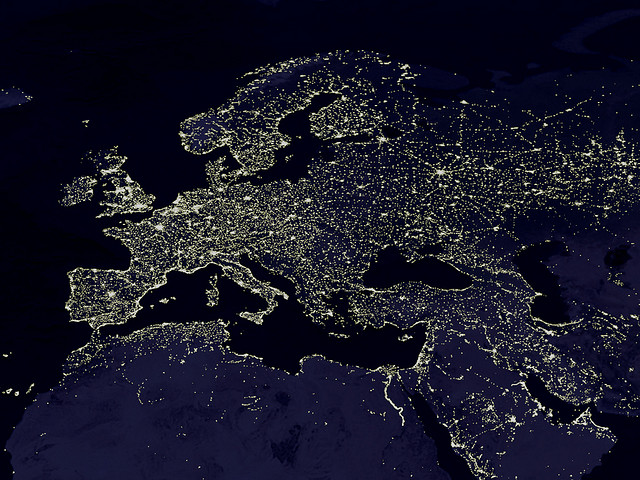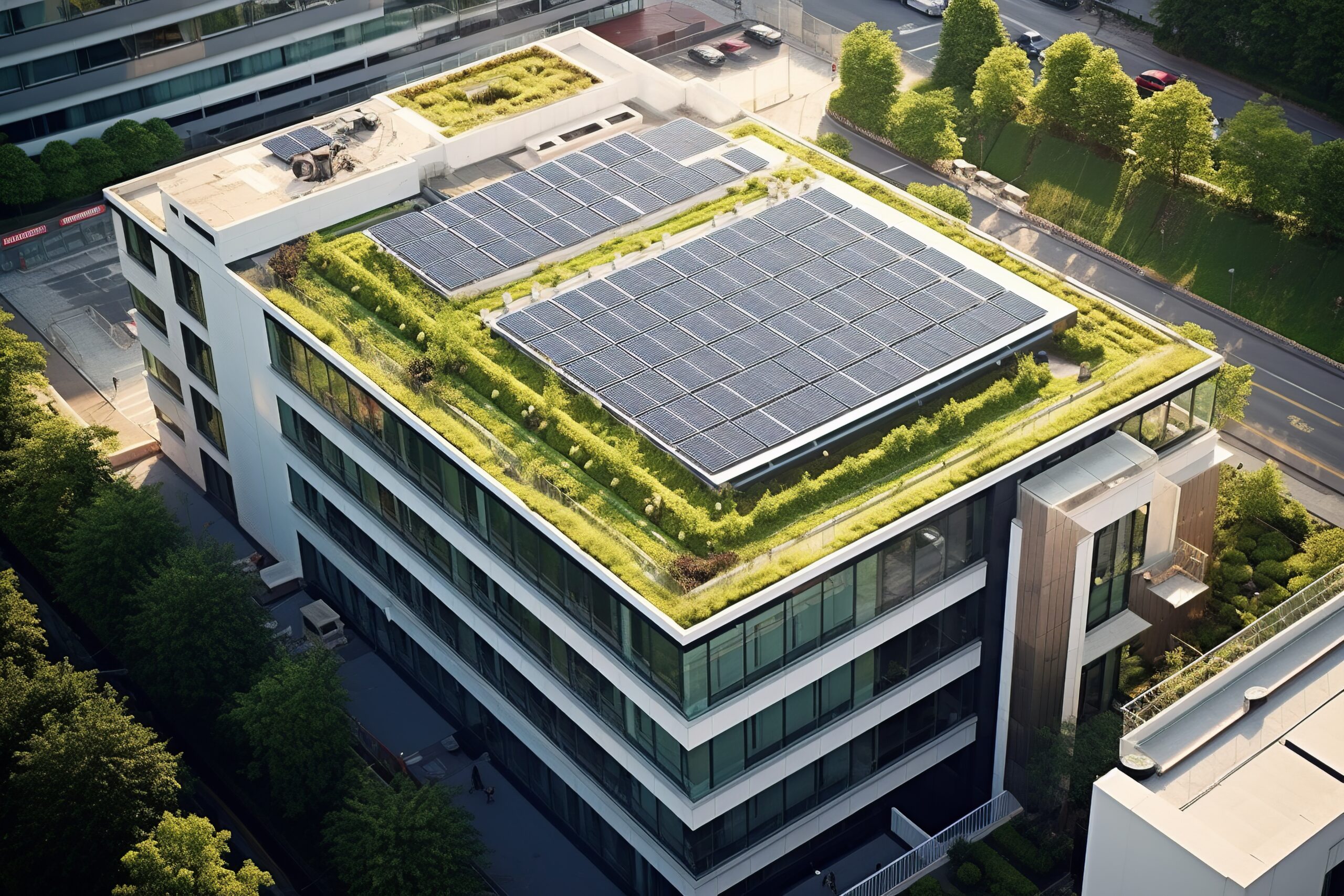
Big data, an energy saving boon?
Worldwide data volumes have seen a 10-fold increase in the last two years, posing the challenge of analysing unprecedented amounts of information. This challenge can be met thanks to a major breakthrough that has reshaped uses and opened up new, unhoped-for avenues: big data. In a time when 22% of French households experience fuel poverty while at the same time 20 to 30% of energy gets wasted, big data appeared to some as a new energy management tool. In the face of such an energy divide, we must rethink the ways we use energy, and tap into big data’s impressive potential for energy saving.
Understand household consumption patterns
Big data has become instrumental in cutting energy waste, as it allows for the instant collection and ensuing storage and processing of energy consumption-related information. Each piece of data taken separately must be collected, filtered and processed before being analyzed spatially and temporally. This very innovative process can be seen in smart homes, where all the aforementioned data processing operations occur, i.e. upstream, right at the consumption site, by directly integrating data flows.
Big data empowers home dwellers as they gain access to their detailed energy consumption patterns (for each room, light switch, kind of equipment, and for any time period) and can identify where energy can be saved. The intervention of technicians will soon no longer be needed for simple operations (activation, meter reading, power change…) and consumers will even be able to remotely control their home’s energy consumption.
Real-time consumption adaptation thanks to big data
On the long run, such intelligent systems will make it possible to fine-tune consumption patterns during peak and off-peak hours as well as rolling blackouts. Rolling blackouts, or load shedding, consist in curbing overall demand by temporarily shutting down consumption in many places at the same time. Heating or air-conditioning units, for instance, may be shut down for a period that is both long enough for supply to meet demand again and short enough not to cause inconvenience to users. Rolling blackouts could even go completely unnoticed, insofar as available data on consumption patterns is taken into account with a view to keeping inconvenience to users to a minimum. These temporary shutdowns are achieved by an operator who remotely controls households’ energy consumption through electric boxes connected to the electricity meters.
Current developments in the field of energy management in buildings are equally encouraging. New optimization algorithms are being designed in order to develop predictive control functions that could be applied during a certain period of time in order to reduce energy consumption in a building or improve indoor climatic conditions. Local weather data for each season are taken into account to create a system smart enough to make the best-performing choice among a range of possible options. In the summer, such a smart meter could alternate ventilation and the automatic opening of doors and windows to cool the building down. Moreover, various studies and experiments are underway to improve real-time interconnected simulations with an energy flow management system that allows for more fine-tuned simulations of the building’s energy system. Such upstream experiments will help improve the current management of electrical energy without inconveniencing users.

